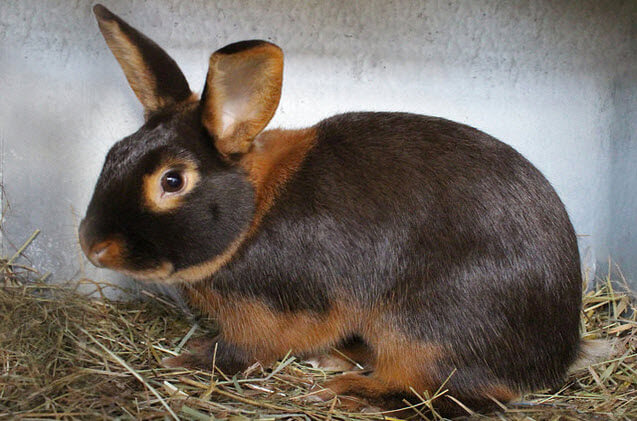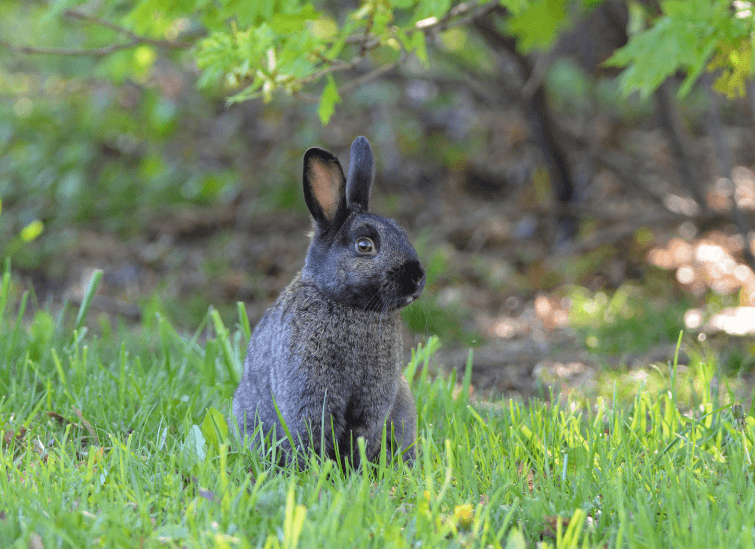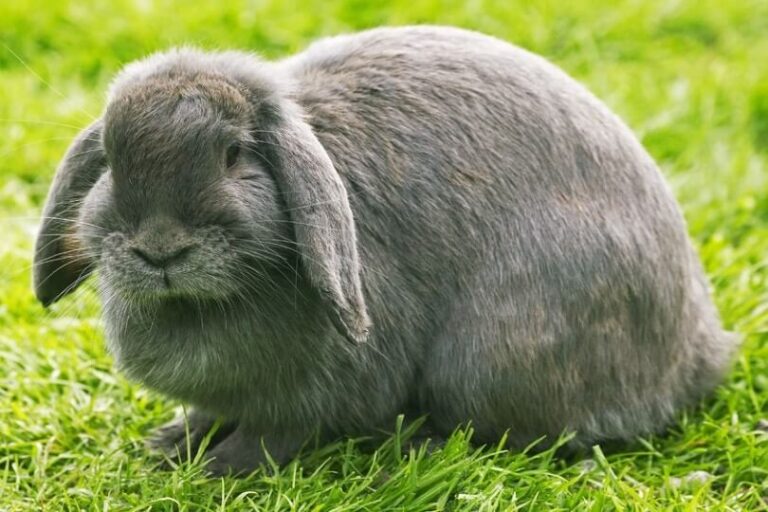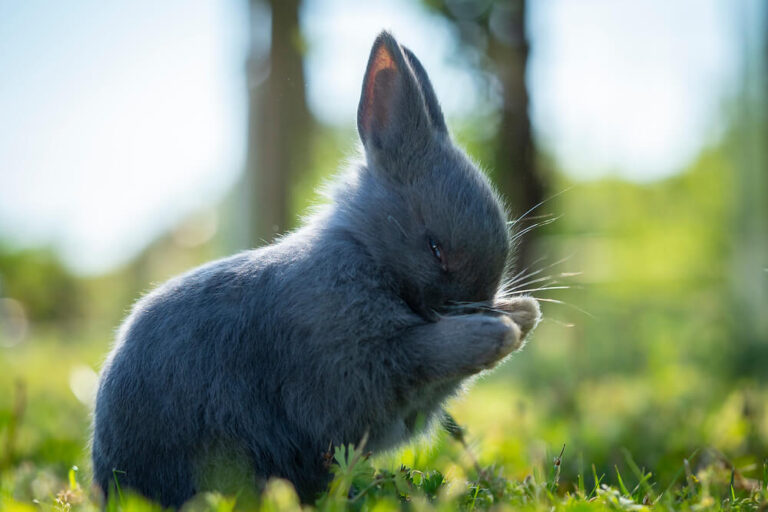Exploring the Charming World of Havana Rabbit Breed: History, Care, and Characteristics
The Havana rabbit breed, often dubbed the “fire-eye from Ingen” due to its rich chocolate-colored fur reminiscent of Havana cigars, boasts a fascinating history dating back over a century. Originating not in Cuba but in Holland, the breed captivated breeders with its deep coloration, leading to its development into a distinct breed recognized by the American Rabbit Breeder’s Association (ARBA).
Contents
Physical Characteristics:
The Havana rabbit is characterized by its compact size, typically weighing between 4.5 and 6.5 lbs. It exhibits short, rounded bodies with a distinctive top line forming a half-circle over the hips or down to the tail. Its brief, straight legs, dark-colored toenails, and medium-sized eyes contribute to its charming appearance.
Coat:
This breed features short, soft, flyback fur that requires minimal maintenance. Routine grooming, particularly during shedding seasons, helps keep its coat in optimal condition.
Colors:
Recognized in four color variations by the ARBA—chocolate, blue, black, and broken—the Havana rabbit’s coat adds to its allure. The broken color variation resembles a Dalmatian pattern, providing additional aesthetic appeal.
Care Requirements:
Like all rabbits, Havana rabbits thrive on a diet rich in hay, supplemented with pellets, leafy greens, fruits, and vegetables. Ensuring a balanced diet is crucial for their health and well-being. Additionally, providing ample space for exercise, whether indoors or outdoors, is essential for their physical and mental stimulation.
Health Considerations:
While Havana rabbits are generally robust, regular monitoring and preventive measures are necessary for their optimal health. Dental issues, ear mites, skin infections, and respiratory problems are among the common health concerns, necessitating veterinary care when needed. Proper diet and hygiene practices help prevent potential health issues.
Temperament and Behavior:
Known for their calm, playful, and affectionate nature, Havana rabbits make delightful companions for individuals and families alike. Their friendly demeanor and adaptability to indoor or outdoor environments contribute to their popularity as pets. However, they require sufficient socialization and enrichment activities to thrive.
Training and Maintenance:
Training Havana rabbits, whether for leash walking, litter box use, or grooming, requires patience and consistency. With proper training, they can learn various behaviors, enhancing their bond with their human companions. Regular grooming, including nail trims and monitoring for matting, ensures their physical well-being.
Cost Considerations:
Owning a Havana rabbit entails financial commitments, including expenses for food, toys, bedding, and veterinary care. Budgeting for routine and emergency medical expenses is essential for ensuring their long-term health and happiness.
Conclusion:
In summary, the Havana rabbit breed offers a combination of aesthetic appeal, affectionate temperament, and manageable care requirements, making it an excellent choice for rabbit enthusiasts and families seeking a charming companion. By understanding their unique characteristics and providing attentive care, owners can foster a fulfilling relationship with these delightful rabbits.
Related: Argenté Rabbit Breed
FAQs about the Havana Rabbit Breed:
Q: What is the origin of the Havana rabbit breed?
The Havana rabbit breed originated in Holland, not in Cuba, as its name might suggest. It emerged in the late 1800s when breeders were captivated by a rich brown rabbit born in a Dutch litter.
Q: What are the distinctive physical characteristics of Havana rabbits?
Havana rabbits are characterized by their compact size, typically weighing between 4.5 to 6.5 lbs. They have short, rounded bodies, short, straight legs, and medium-sized eyes. Their fur is short and soft and comes in various colors, including chocolate, blue, black, and broken.
Q: What are the dietary requirements for Havana rabbits?
Havana rabbits thrive on a diet consisting primarily of hay, supplemented with pellets, leafy greens, fruits, and vegetables. A balanced diet is essential for their overall health and well-being.
Q: Are Havana rabbits suitable as pets for families?
Yes, Havana rabbits make excellent pets for families. They are known for their calm, playful, and affectionate nature. Additionally, their medium size and friendly demeanor make them well-suited for interaction with children and adults alike.
Q: What are the grooming needs of Havana rabbits?
Havana rabbits have relatively low grooming needs thanks to their short, easy-to-maintain fur. Regular brushing during shedding seasons helps minimize fur loss. Nail trims and occasional checks for matting are also recommended.
Q: What are common health concerns for Havana rabbits?
While generally healthy, Havana rabbits may be prone to dental issues, ear mites, skin infections, and respiratory problems. Regular veterinary check-ups and proper diet and hygiene practices help prevent and address these issues.
Q: Can Havana rabbits be trained?
Yes, Havana rabbits are trainable and can learn various behaviors such as litter box use, leash walking, and responding to their name. Patience, consistency, and positive reinforcement are key to successful training.
Q: Where can one acquire a Havana rabbit?
Havana rabbits are typically obtained from breeders or rabbit shows, although they may occasionally be found in rabbit rescues. Prices may vary depending on factors such as lineage and coloration.
Q: What are the considerations for housing Havana rabbits?
Havana rabbits can be housed indoors or outdoors, provided they have sufficient space for exercise and are protected from predators. Indoor enclosures should include bedding and areas for play, while outdoor cabinets need to be secure and raised off the ground.
Q: At what age should Havana rabbits be spayed or neutered?
Female Havana rabbits can be spayed around 4-6 months of age, while males can be neutered as young as three and a half months old. Spaying and neutering help prevent unwanted litters and may contribute to overall health and behavior.
- Golden Retriever Pros and Cons: What Every Pet Parent Should Know - 15 September 2025
- Cane Corso Dog Breed: Health, Care, and Lifespan - 14 September 2025
- Catahoula Leopard Dogs: Description, Temperament, Lifespan, & Facts - 21 July 2025







